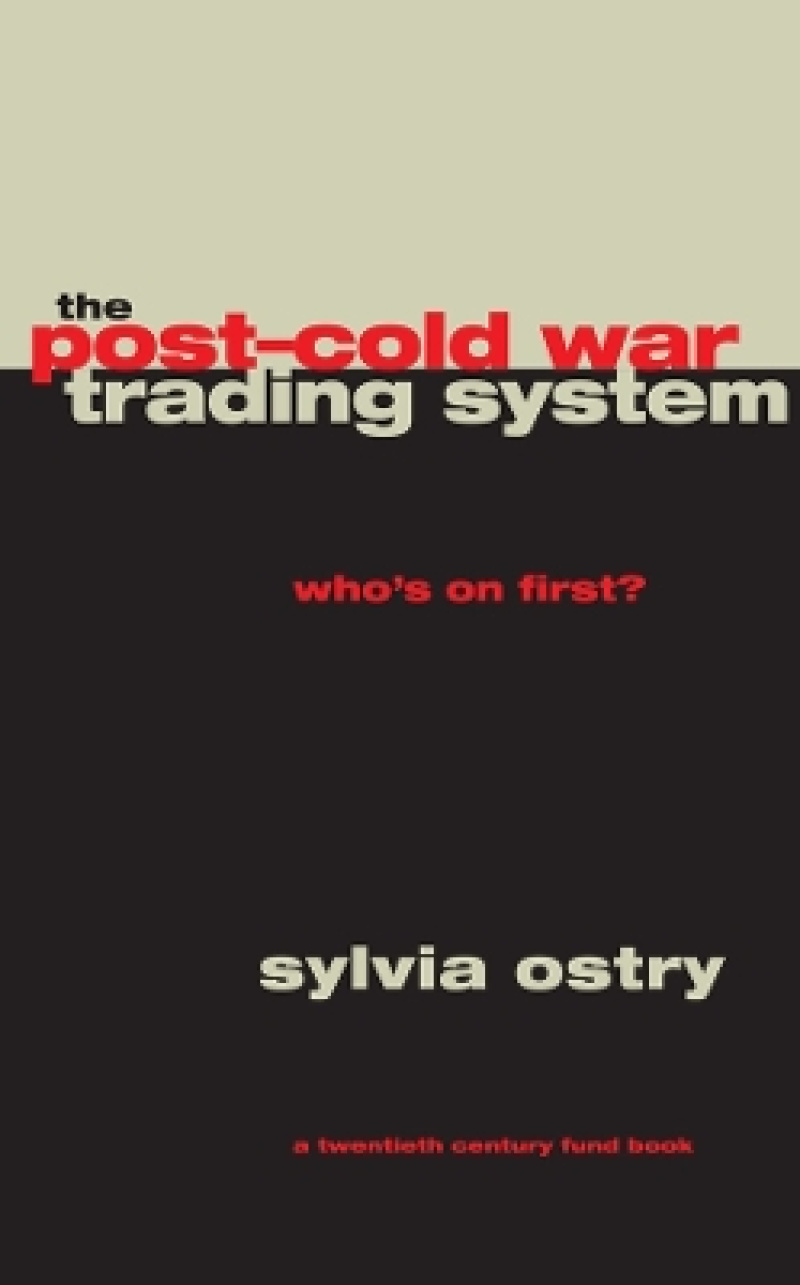With the ending of the Cold War, the search for a new international and economic order has begun. This text examines the role of key economic power brokers, particularly the USA, in the reconstruction and reconfiguration of an international economy after World War II. The author argues that the US policy efforts were so successsful that they led to an unprecendented renewal of economic growth, living standards and education levels in postwar Europe and Japan. Ironically, those same policy successes unintentionally fostered the relative decline of US dominance on the world trade scene as the reduction of trade and investment barriers prompted friction and conflict between different kinds of capitalist systems. Identifying the historical and legal issues in postwar trade policy, Ostrey attempts to chart our economic course through the last half of the 20th century and into the next.
Les mer
With the ending of the Cold War, the search for a new international and economic order has begun. This text examines the role of key economic power brokers, particularly the USA, in the reconstruction and reconfiguration of an international economy after World War II.
Les mer
Foreword Preface Acknowledgments 1: The Sources of Convergence 2: Building the Convergence Club: Technology and Investment 3: The GATT House: Termites in the Basement 4: The Eighties: Pacific Prelude 5: The East Asian Challenge: A New Convergence Club? 6: The Uruguay Round: Renewing Multilateralism 7: Building the Post-Cold War Trading System Notes Index
Les mer
Produktdetaljer
ISBN
9780226637907
Publisert
1997-06-21
Utgiver
The University of Chicago Press; University of Chicago Press
Vekt
425 gr
Høyde
22 mm
Bredde
14 mm
Dybde
2 mm
Aldersnivå
UU, UP, P, 05, 06
Språk
Product language
Engelsk
Format
Product format
Heftet
Antall sider
330
Forfatter

